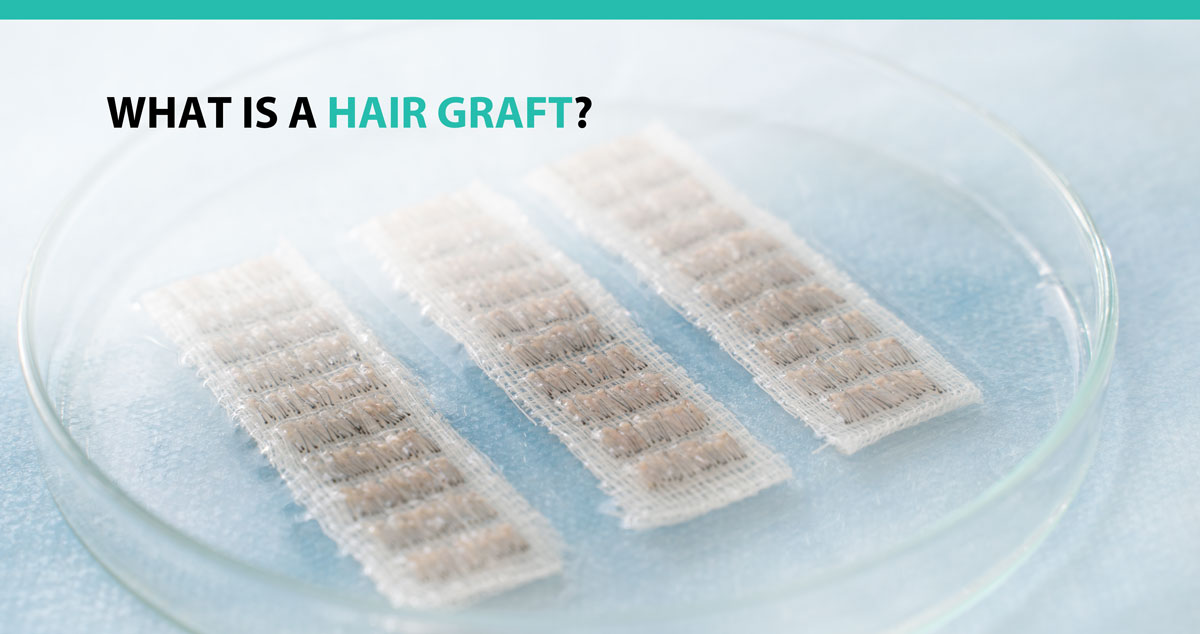
As you age, the likelihood of experiencing hair loss increases. Fortunately, we have various hair restoration solutions to help you reclaim your youth, self-esteem, and happiness. The most common are FUT and FUE. The number of hair grafts you receive also determines the density of your new hair. So long as you have a reliable donor area, you can restore as much hair as you need.
How Are Hair Grafts Created?
A graft refers to a hair-rich strip of skin. Although Dr. Williams can take it from any part of the body, the back of your scalp is preferable. That’s because it presents the best chances of sustainability. This zone is also known as the occipital scalp. The aim is to harvest healthy tissue that can grow hair after transplanting it onto a bald area.
Dr. Williams can remove this tissue either via follicular unit transplantation (FUT) or follicular unit extraction (FUE). While the first procedure harvests it in one strip, the other one extracts individual units. FUT utilizes stereoscopic dissecting microscopes to achieve this objective. The insertion occurs after conserving and priming the strip. One follicular unit typically contains 2 to 3 hairs.
Dr. Williams will make incisions on the transplant site that are the same size as the harvested grafts. He’ll then skillfully place them in a way that best imitates the surrounding hair. With FUE, the procedure is a little different because it doesn’t use strips. The individual follicles are harvested, preserved then transplanted one by one into the scalp. As you can tell, it’s a more involved but accurate process than FUT.
How Hair Grafts Affect Transplant Procedures
For a hair transplant to succeed, the grafts should survive the hair restoration procedure. Various factors affect the outcome, one of them being the level of hydration. Studies show that grafts can’t last more than 16 minutes in a dry environment. We, therefore, store them in liquid preservatives such as a saline solution.
Temperature also affects graft survivability. A chilly atmosphere is more suitable for damage prevention than hot temperatures. Oxygen is the third crucial factor for harvested grafts. If deprived for a long time, their survival chances dwindle drastically. Through years of experience, Dr. Williams has mastered the science and art of preserving them under the most optimum conditions. This survival rate hits 100% in ideal conditions.
How Many Grafts Do You Need?
The total number of hair grafts will depend on the extent of your hair loss. If your hairline recession is beginning, less than 2000 are enough. If it extends to the front third of your scalp, it will typically require 2000 to 2500 grafts. Dr. Williams will treat other forms of hair loss as follows:
- 2500 to 3000 grafts for the front half.
- Up to 4000 grafts
- For the front two-thirds of the scalp.
- The crown usually needs 800 to 1500 grafts.
Most procedures rarely need more than 4000 because only a part of your scalp will be bald. For perspective, that’s about 8000 hairs if you count two follicles per graft. Although some patients rightly think more grafts equal higher density, it’s not always the case.
While we do our best to pack them as close as possible, we don’t recommend overdoing it. Too many incisions can damage your tissue and restrict blood supply, which will be counterproductive. The solution is to find a sweet spot with the highest possible density and a transplanted area that supports growth.
Talk to Las Vegas Hair Restoration Expert
At the Advanced Medical Hair Institute, Dr. Joseph Williams uses his excellent skills, experience, and tech-savviness to provide the most natural results. We perform hair restoration procedures after a thorough evaluation of the most relevant solution. We also keep up with the latest industry developments to ensure you always receive the highest quality. Please schedule a consultation
for more details.










